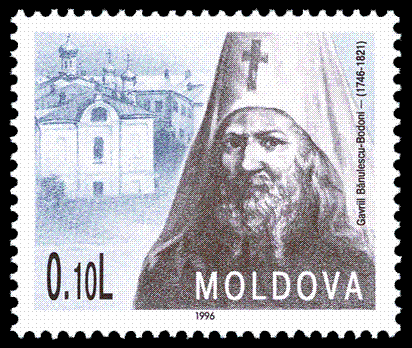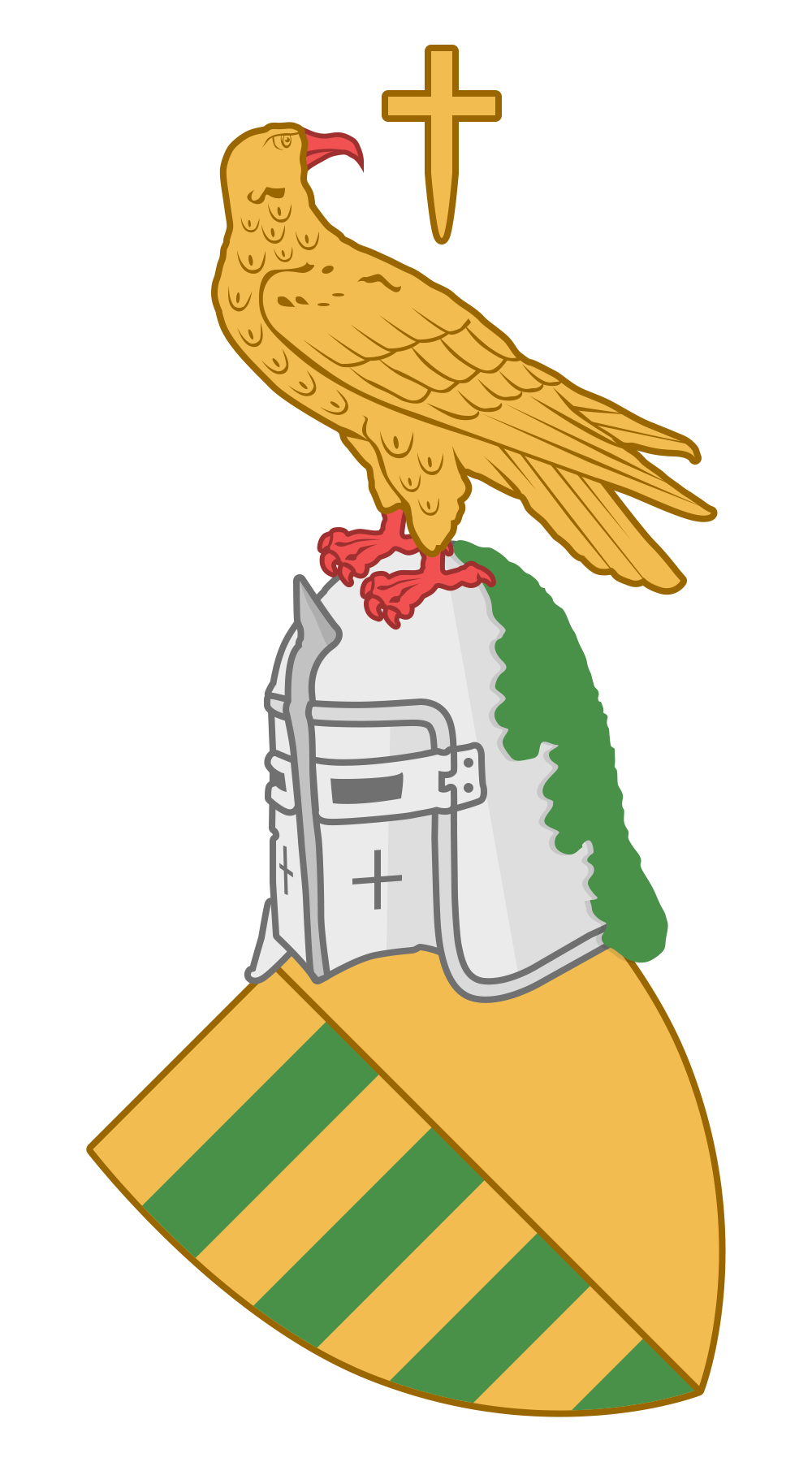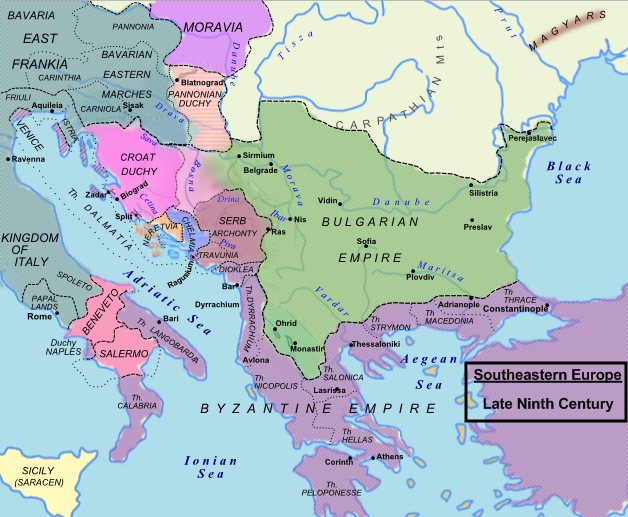|
Bessarabian Oblast
The Bessarabia Governorate (, ) was a part of the Russian Empire from 1812 to 1917. Initially known as Bessarabia Oblast (ąæąĄčüčüą░čĆą░ą▒čüą║ą░čÅ ąŠą▒ą╗ą░čüčéčī, ''Bessarabskaya oblast'') as well as, following 1871, a governorate, it included the eastern part of the Principality of Moldavia along with the neighboring Ottoman-ruled territories annexed by Russia by the Treaty of Bucharest following the Russo-Turkish War (1806ŌĆō1812). The Governorate was disbanded in 1917, with the establishment of Sfatul ╚Ü─ārii, a national assembly which proclaimed the Moldavian Democratic Republic in December 1917. The latter united with Romania in April 1918. Around 65% of the territory of the former governorate now belongs to the Republic of Moldova (including the breakaway region of Transnistria); around 35% belongs to Ukraine. History Annexation As the Russian Empire noticed the weakening of the Ottoman Empire, it occupied the eastern half of the autonomous Principality of Moldavia, b ... [...More Info...] [...Related Items...] OR: [Wikipedia] [Google] [Baidu] |
Oblasts Of The Russian Empire
Oblasts of the Russian Empire were considered to be administrative units and were included as parts of Governorates General or krais. The majority of then-existing oblasts were located on the periphery of the country (e.g. Kars Oblast or Transcaspian Oblast) or covered the areas where Cossacks lived. Former administrative divisions of countries List * Amur Oblast * Armenian Oblast * Batum Oblast * Belostok Oblast * Bessarabia Oblast * Don Voisko Oblast * Dagestan Oblast * Zabaikalskaya Oblast * Imeretinskaya Oblast * Caucasian * Kamchatka Oblast * Kars Oblast * Caspian Oblast (1840-1846) * Kwantung Oblast * Kuban Oblast * Orenburg Kirgiz * Omsk Oblast * Primorskaya Oblast * Sakhalin * Taurida Oblast (1783-1796), annexation of the Crimean Khanate * Tarnopolsky * Terek Oblast * Turgay Oblast * Ural Oblast * Yakut Oblast ; Oblasts of Stepnoy Krai * Akmolinsk Oblast * Siberia Kirgiz * Semipalatinsk Oblast ; Oblasts of Turkestan Krai * Transcaspian Oblast * Sama ... [...More Info...] [...Related Items...] OR: [Wikipedia] [Google] [Baidu] |
Dniester
The Dniester, ; rus, ąöąĮąĄ╠üčüčéčĆ, links=1, Dn├®str, ╦łdŌü┐╩▓estr; ro, Nistru; grc, ╬żŽŹŽüߊ▒Žé, Tyr─üs, ; la, Tyr─üs, la, Danaster, label=none, ) ( ,) is a transboundary river in Eastern Europe. It runs first through Ukraine and then through Moldova (from which it more or less separates the breakaway territory of Transnistria), finally discharging into the Black Sea on Ukrainian territory again. Names The name ''Dniester'' derives from Sarmatian ''d─ünu nazdya'' "the close river." (The Dnieper, also of Sarmatian origin, derives from the opposite meaning, "the river on the far side".) Alternatively, according to Vasily Abaev ''Dniester'' would be a blend of Scythian ''d─ünu'' "river" and Thracian ''Ister'', the previous name of the river, literally D─ün-Ister (River Ister). The Ancient Greek name of Dniester, ''Tyras'' (╬żŽŹŽü╬▒Žé), is from Scythian ''t┼½ra'', meaning "rapid." The names of the Don and Danube are also from the same Indo-Iranian word '' ... [...More Info...] [...Related Items...] OR: [Wikipedia] [Google] [Baidu] |
Nicholas I Of Russia
, house = Romanov-Holstein-Gottorp , father = Paul I of Russia , mother = Maria Feodorovna (Sophie Dorothea of W├╝rttemberg) , birth_date = , birth_place = Gatchina Palace, Gatchina, Russian Empire , death_date = , death_place = Winter Palace, Saint Petersburg, Russian Empire , burial_place = Peter and Paul Cathedral, St. Petersburg, Russian Empire , religion = Russian Orthodox , signature = Signatur Nikolaus I. (Russland).PNG Nicholas I , group=pron ( ŌĆō ) was Emperor of Russia, King of Congress Poland and Grand Duke of Finland. He was the third son of Paul I and younger brother of his predecessor, Alexander I. Nicholas inherited his brother's throne despite the failed Decembrist revolt against him. He is mainly remembered in history as a reactionary whose controversial reign was marked by geographical expansion, economic growth, and massive industrialisation on the one hand, and centralisation of administrative policie ... [...More Info...] [...Related Items...] OR: [Wikipedia] [Google] [Baidu] |
1821 Wallachian Revolution
The uprising of 1821 was a social and political rebellion in Wallachia, which was at the time a tributary state of the Ottoman Empire. It originated as a movement against the Phanariote administration, with backing from the more conservative boyars, but mutated into an attempted removal of the boyar class. Though not directed against Ottoman rule, the revolt espoused an early version of Romanian nationalism, and is described by historians as the first major event of a national awakening. The revolutionary force was centered on a group of Pandur irregulars, whose leader was Tudor Vladimirescu. Its nucleus was the Wallachian subregion of Oltenia, where Vladimirescu established his "Assembly of the People" in February. From the beginning, Pandurs were joined by groups of Arnauts and by veterans of the Serbian Revolution. Although infused with anti-Hellenism, they collaborated with, and were infiltrated by, agents of the Filiki Eteria. Vladimirescu also cooperated with the Sacred ... [...More Info...] [...Related Items...] OR: [Wikipedia] [Google] [Baidu] |
Eparchy
Eparchy ( gr, ß╝ÉŽĆ╬▒ŽüŽć╬»╬▒, la, eparch├Ła / ''overlordship'') is an ecclesiastical unit in Eastern Christianity, that is equivalent to a diocese in Western Christianity. Eparchy is governed by an ''eparch'', who is a bishop. Depending on the administrative structure of a specific Eastern Church, eparchy can belong to an ecclesiastical province (usually a metropolis), but it can also be exempt. Each eparchy is divided into parishes, in the same manner as a diocese in Western Churches. Historical development of eparchies in various Eastern Churches was marked by local distinctions, that can be observed in modern ecclesiastical practices of Eastern Orthodox Churches, Oriental Orthodox Churches and Eastern Catholic Churches. Terminology The English word ''eparchy'' is an anglicized term, that comes from the original Greek word ( grc-koi, , eparch├Ła, overlordship, ). It is an abstract noun, formed with an intensive prefix (, , + , , ). It is commonly Latinized as ''epar ... [...More Info...] [...Related Items...] OR: [Wikipedia] [Google] [Baidu] |
Khotyn
Khotyn ( uk, ąźąŠčéąĖąĮ, ; ro, Hotin, ; see other names) is a city in Dnistrovskyi Raion, Chernivtsi Oblast of western Ukraine and is located south-west of Kamianets-Podilskyi. It hosts the administration of Khotyn urban hromada, one of the hromadas of Ukraine. According to the 2001 Ukrainian census, it has a population of 11,124. Current population: Khotyn, first chronicled in 1001, is located on the right (southwestern) bank of the Dniester River, and is part of the historical region Bessarabia. Important architectural landmarks within the city include the Khotyn Fortress, constructed in the 13-15th centuries (new fortress started in 1325, major improvements in the 1380s and 1460s), and two 15th century constructions by Moldavia's ruler Stephen the Great: the Prince's Palace (''Palatul Domnesc'') and the city's clock tower. Historically, the town was part of the Principality of Moldavia (1359ŌĆō1432, 1459ŌĆō1538, 1541ŌĆō1562, 1572ŌĆō1615, 1617ŌĆō1620, 1621ŌĆō1673, 1674’┐Į ... [...More Info...] [...Related Items...] OR: [Wikipedia] [Google] [Baidu] |
Gavril B─ānulescu-Bodoni
Gavril B─ānulescu-Bodoni (; 1746 – 30 March 1821) was a Romanian clergyman who served as Metropolitan of Moldavia (1792), Metropolitan of Kherson and Crimea (1793–1799), Metropolitan of Kiev and Halych (1799–1803), Exarch of Moldo-Wallachia (1806–1812), and Archbishop of Chi┼¤in─āu (1812–1821), being the first head of the church in Bessarabia after the Russian annexation. Biography Early life Born in Bistri╚øa, Transylvania to a family originating from C├ómpulung, Moldavia, B─ānulescu studied at the Kiev Theological Academy (1771–1773), then at the Greek-language academy in the Island of Patmos, Smyrna and the Athonite Academy in Vatopedi (1773ŌĆō1786).Batalden, p. 470P─ācurariu At Patmos, he befriended Nikephoros Theotokis, a Greek cleric and enlightenment figure, with whom he taught at the Princely Academy of Ia┼¤i in 1776. In 1779 he became a monk in Constantinople, then continued his studies in Patmos, returning to Moldavia in 1781 to ... [...More Info...] [...Related Items...] OR: [Wikipedia] [Google] [Baidu] |
Vassal
A vassal or liege subject is a person regarded as having a mutual obligation to a lord or monarch, in the context of the feudal system in medieval Europe. While the subordinate party is called a vassal, the dominant party is called a suzerain. While the rights and obligations of a vassal are called vassalage, and the rights and obligations of a suzerain are called suzerainty. The obligations of a vassal often included military support by knights in exchange for certain privileges, usually including land held as a tenant or fief. The term is also applied to similar arrangements in other feudal societies. In contrast, fealty (''fidelitas'') was sworn, unconditional loyalty to a monarch. European vassalage In fully developed vassalage, the lord and the vassal would take part in a commendation ceremony composed of two parts, the homage and the fealty, including the use of Christian sacraments to show its sacred importance. According to Eginhard's brief description, the '' ... [...More Info...] [...Related Items...] OR: [Wikipedia] [Google] [Baidu] |
Boyar
A boyar or bolyar was a member of the highest rank of the feudal nobility in many Eastern European states, including Kievan Rus', Bulgaria, Russia, Wallachia and Moldavia, and later Romania, Lithuania and among Baltic Germans. Boyars were second only to the ruling princes (in Bulgaria, tsars) from the 10th century to the 17th century. The rank has lived on as a surname in Russia, Finland, Lithuania and Latvia where it is spelled ''Pajari'' or ''Baj─ürs/-e''. Etymology Also known as bolyar; variants in other languages include bg, ą▒ąŠą╗čÅčĆ or ; rus, ą▒ąŠčÅ╠üčĆąĖąĮ, r=boyarin, p=b╔É╦łj├”r╩▓╔¬n; ; ro, boier, ; and el, ╬▓╬┐╬│╬╣╬¼Žü╬┐Žé. The title Boila is predecessor or old form of the title Bolyar (the Bulgarian word for Boyar). Boila was a title worn by some of the Bulgar aristocrats (mostly of regional governors and noble warriors) in the First Bulgarian Empire (681ŌĆō1018). The plural form of boila ("noble"), ''bolyare'' is attested in Bulgar inscriptions [...More Info...] [...Related Items...] OR: [Wikipedia] [Google] [Baidu] |
Romanian Language
Romanian (obsolete spellings: Rumanian or Roumanian; autonym: ''limba rom├ón─ā'' , or ''rom├óne╚Öte'', ) is the official and main language of Romania and the Republic of Moldova. As a minority language it is spoken by stable communities in the countries surrounding Romania (Bulgaria, Hungary, Serbia, and Ukraine), and by the large Romanian diaspora. In total, it is spoken by 28ŌĆō29 million people as an L1+ L2, of whom 23ŌĆō24 millions are native speakers. In Europe, Romanian is rated as a medium level language, occupying the tenth position among thirty-seven official languages. Romanian is part of the Eastern Romance sub-branch of Romance languages, a linguistic group that evolved from several dialects of Vulgar Latin which separated from the Western Romance languages in the course of the period from the 5th to the 8th centuries. To distinguish it within the Eastern Romance languages, in comparative linguistics it is called ''Daco-Romanian'' as opposed to its closest r ... [...More Info...] [...Related Items...] OR: [Wikipedia] [Google] [Baidu] |
House Of Basarab
The House of Basarab (also Bazarab or Bazaraad, ro, Basarab ) was a ruling family of debated Cuman origin, Terterids and Shishmanids) and the Wallachian dynasty (Basarabids). They also played an active role in Byzantium, Hungary and Serbia, with Cuman immigrants being integrated into each country's elite. which had an important role in the establishing of the Principality of Wallachia, giving the country its first line of Princes, one closely related with the Mu╚Öatin rulers of Moldavia. Its status as a dynasty is rendered problematic by the official elective system, which implied that male members of the same family, including illegitimate offspring, were chosen to rule by a council of boyars (more often than not, the election was conditioned by the military force exercised by candidates). After the rule of Alexandru I Aldea (ended in 1436), the house was split by the conflict between the D─āne╚Öti and the Dr─ācule╚Öti, both of which claimed legitimacy. Several late ruler ... [...More Info...] [...Related Items...] OR: [Wikipedia] [Google] [Baidu] |
Wallachia
Wallachia or Walachia (; ro, ╚Üara Rom├óneasc─ā, lit=The Romanian Land' or 'The Romanian Country, ; archaic: ', Romanian Cyrillic alphabet: ) is a historical and geographical region of Romania. It is situated north of the Lower Danube and south of the Southern Carpathians. Wallachia is traditionally divided into two sections, Muntenia (Greater Wallachia) and Oltenia (Lesser Wallachia). Dobruja could sometimes be considered a third section due to its proximity and brief rule over it. Wallachia as a whole is sometimes referred to as Muntenia through identification with the larger of the two traditional sections. Wallachia was founded as a principality in the early 14th century by Basarab I after a rebellion against Charles I of Hungary, although the first mention of the territory of Wallachia west of the river Olt dates to a charter given to the voivode Seneslau in 1246 by B├®la IV of Hungary. In 1417, Wallachia was forced to accept the suzerainty of the Ottoman Emp ... [...More Info...] [...Related Items...] OR: [Wikipedia] [Google] [Baidu] |




_-_contrast.jpg)


